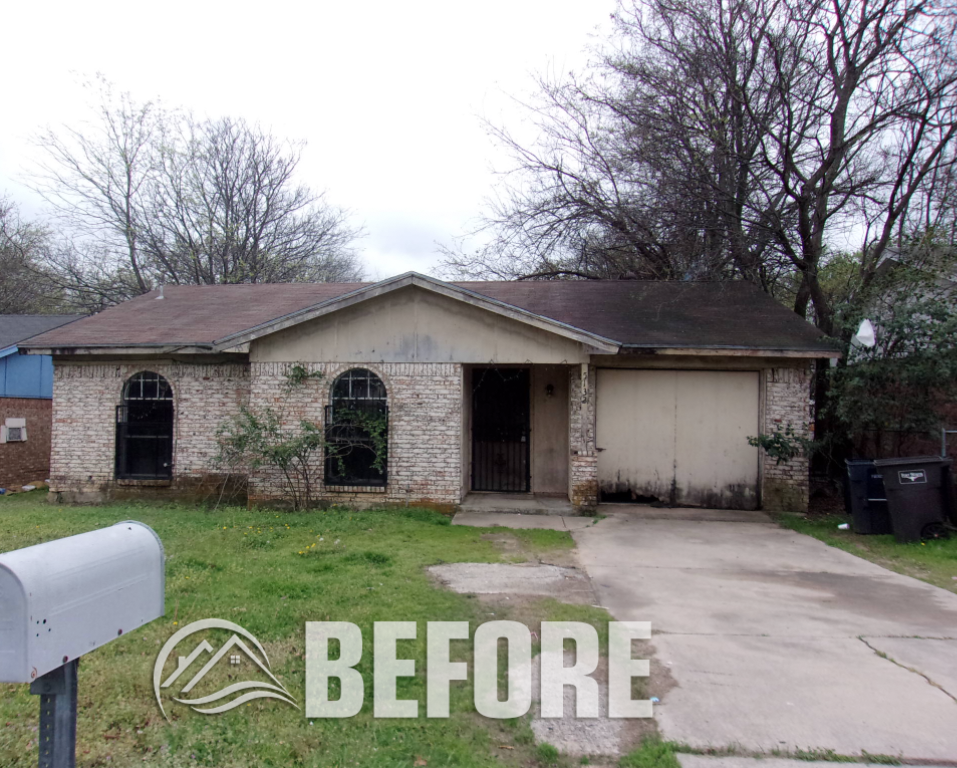 As 2019 kicks off, one item growing on many of our to-do lists is taxes. As records begin to trickle in and your documents get in order, you begin to sort out every last financial detail so that you can pass it all over to your trusted CPA. After all, you want your tax return back as soon as possible.
As 2019 kicks off, one item growing on many of our to-do lists is taxes. As records begin to trickle in and your documents get in order, you begin to sort out every last financial detail so that you can pass it all over to your trusted CPA. After all, you want your tax return back as soon as possible.
But with this being to the first year after new tax laws are in place, not only will there be more chaos, but chances are, you might miss something! While you can probably trust that your CPA will catch the new deductions, nuances, and issues that have arisen over the last year, it’s valuable for real estate investors to arm themselves with knowledge.
If you’re new to the changes in tax law, make sure you check out A Real Estate Investor’s Rundown of New 2018 Tax Benefits.
But besides the pass-through deduction, section 179 savings changes, and new limitations to deductions on mortgages and property taxes, what do you need to know as a real estate investor? What else is on the table...or off?
4 Tax Issues Real Estate Investors Should Know for 2019
The New Income Tax Brackets
While this was one of the most publicized changes to tax law, it's valuable to be familiar with the changes to the income tax brackets. Depending on how you own your properties, your passive income could be taxed by new rates. If you own as an individual, LLC, S corporation, or partnership, the income earned through your rental properties is taxed at the same rate as personal income on a federal level.
So, what are the new rates?
|
Single |
Married Filing Jointly |
Head of Household |
|
|
10% |
$0-$9,525 |
$0-$19,050 |
$0-$13,600 |
|
12% |
$9,526-$38,700 |
$19,051-$77,400 |
$13,601-$51,800 |
|
22% |
$38,701-$82,500 |
$77,401-$165,000 |
$51,801-$82,500 |
|
24% |
$82,501-$157,500 |
$165,001-$315,000 |
$82,501-$157,500 |
|
32% |
$157,501-$200,000 |
$315,001-$400,000 |
$157,501-$200,000 |
|
35% |
$200,001-$500,000 |
$400,001-$600,000 |
$200,001-$500,000 |
|
37% |
$500,000+ |
$600,000+ |
$500,000+ |
Overall, the tax rates are generally lower and apply to everything except dividends and capital gains. This is great news for real estate investors and the average American looking to save on their tax returns.
Tweaks to the 1031 Exchange
We've extensively covered the 1031 Exchange before on our blog.
( See The Real Estate Investor's No-nonsense Guide to the 1031 Exchange )
In short, it is a real estate strategy in which the IRS allows a “like-kind” exchange in which an owner essentially swaps one investment property for another while paying no or only limited taxes on the property. Traditional property acquisitions are taxable because they are sales, but a 1031 Exchange is not, because it is a different type of acquisition.
This has long been a great tactic for real estate investors to employ. But how has it changed with recent tax law?
The good news is, not much. You can rely on our guide to steer you ahead. The language was tweaked to say “real property” instead of “property” which limits like-kind exchanges to real estate. As always, these exchanges do not include personal property or foreign properties. But if you have used 1031 Exchanges solely for real estate, you have little to worry about.
Just know that certain tangible, depreciable property will no longer be valid exchanges under the new law, such as automobiles, aircraft, heavy equipment, or even patents.
There’s a New Disallowance Rule
Say you lose money during your first few years in real estate investment. There are passive activity loss (PAL) rules at play that really throw a wrench into things. These rules only allow you to deduct to the degree that you have passive income from other sources. Otherwise, your passive losses are suspended until your passive income compensates or you sell the properties that produced the loss.
The latest tax laws have created a new challenge for investors facing losses. They come into play after the PAL rules. It is an excess business loss limitation rule. It is $250,000 if single or $500,000 is married filing jointly.
So, say you're not stopped by the PAL rules. You have a loss of $300,000. You miss out on $50,000 that must carry over to your next tax year because of the $250,000 limitation.
This is something to keep in mind if you're banking on writing off a lemon property and recouping your losses through Uncle Sam.
Your Write-Offs Are Mostly Unchanged
Speaking of write-offs, these are mostly unchanged. The things that you could write-off in your taxes, like mortgage and interest rates (if your property is not a personal residence or used for personal use), maintenance and repair costs, insurance, utilities, depreciation, etc., are all still fair game.
Whether or not the tax law has changed in certain areas, it is key for real estate investors to stay diligent and informed. When you are in the know, you won't be caught by any unpleasant surprises. It's your money and your future—knowing as much as you can about how to handle that money, even when you defer to the professionals, is the best way to ensure your success.
Avoid the headaches that can come with investing in real estate...go turnkey!












